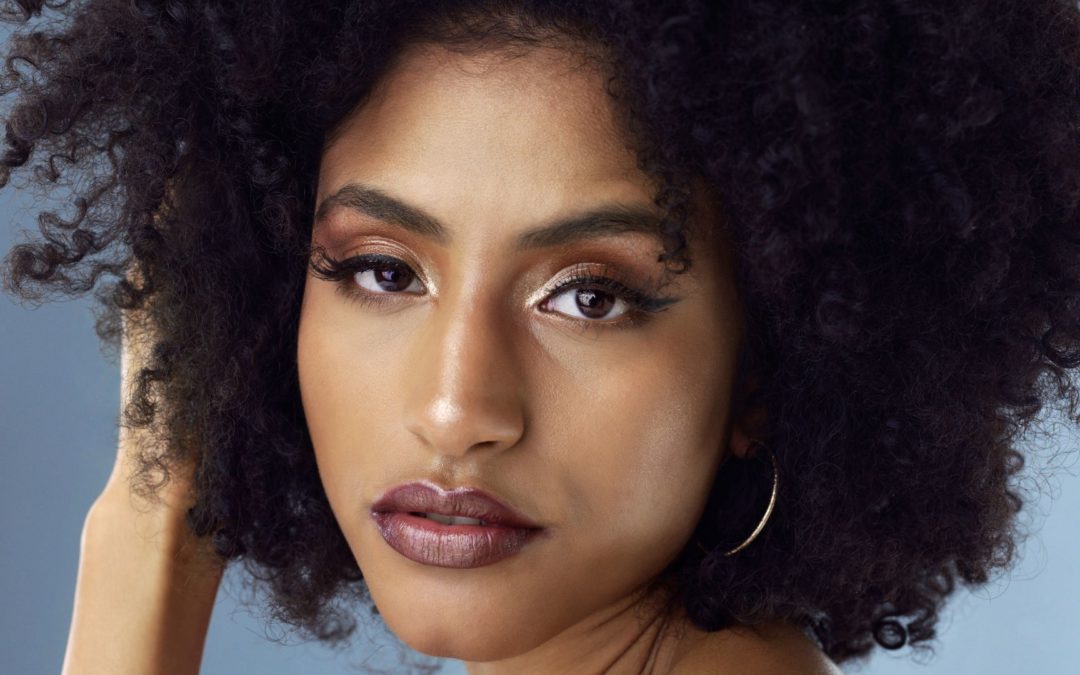Maintaining natural afro-textured hair can surely be a challenge. For some it can feel like an uphill battle. Many people struggle with maintaining this type of hair despite trying numerous products and techniques, they find it difficult to achieve healthy and manageable hair. The good news is that we are here to help you along this journey. Together, we will explore some possible challenges faced, and effective tricks and tips.
Challenges Commonly Faced with Afro-Textured Hair
Dryness: Afro-textured hair is prone to dryness due to the tight curl pattern which can make it difficult for natural oils to travel down the hair shaft. This can lead to breakage and other hair damage if not properly addressed.
Breakage: Due to the fragile nature, coarse natural hair is more prone to breakage than other hair types. This can be caused by factors such as over-manipulation, heat styling, or lack of moisture.
Knots and tangles: The tight curl pattern of the hair can make it prone to knots and tangles, especially if it is not regularly detangled. This can be frustrating and time consuming to deal with.
Apparent shrinkage: Afro-textured hair can appear to shrink up to 75% of its actual length when it dries, which makes it difficult to achieve certain hairstyles and also makes the hair appear shorter than it actually is.
Limited styling options: Due to its unique texture, some styling options may not be feasible or may require more time and effort than other hair types. This can be a challenge when trying to achieve a particular look or style.
Negative stereotypes: Unfortunately, there are still negative stereotypes associated with afro-textured hair in some cultures, which can lead to discrimination or negative attitudes towards those who have this hair type.

Tricks and Tips
- MOISTURISE REGULARLY
Afro-textured hair tends to be drier than other hair types. To combat dryness, moisturise your hair regularly. Use a water-based moisturiser or natural oils like coconut oil, jojoba oil, or olive oil.
- USE A SATIN / SILK SCARF OR PILLOWCASE
Cotton pillowcases and scarves can absorb moisture from your hair and cause breakage. Switch to a satin / silk scarf or pillowcase to protect your hair and keep it moisturised.
- DETANGLE CAREFULLY
Always detangle your hair gently, starting from the ends and working your way up to the roots. Use a wide-tooth comb or your fingers and avoid using small combs or brushes that can cause breakage.

- USE SPECIFIC SHAMPOOS
Look for shampoos that are sulphate-free, as sulphates can strip the hair of its natural oils and cause dryness and breakage. It’s also a good idea to choose a shampoo that contains natural ingredients such as coconut oil, shea butter, or aloe vera, which help to nourish and hydrate the hair. Ultimately, the best shampoo for natural hair will depend on your individual hair type and needs, so it may take some trial and error to find what product works best.
- DEEP CONDITION REGULARLY
Deep conditioning your hair once a week can help restore moisture, prevent breakage, and promote hair growth. Look for deep conditioning products that contain natural ingredients like shea butter, coconut oil, or honey.
- USE PROTEIN TREATMENTS
Protein treatments are essential for maintaining natural hair because they help strengthen weak strands while promoting growth. Look for protein treatments that contain hydrolysed keratin or collagen; as these are the most effective ingredients in repairing damaged follicles. However, be sure not to overuse these treatments as too much protein can lead to brittle strands; which can cause breakage if not properly cared for.
- PROTECTIVE STYLING
Protective styling can help minimise breakage and damage to your hair. Braids, twists, and other protective styles can help keep your hair moisturised and reduce the need for daily styling.
- USE HEAT SPARINGLY
Heat can damage your hair and cause it to become dry and brittle. Avoid using heat styling tools like flat irons or curling irons too often. If you must use heat, be sure to use a heat protectant product as well.
- TRIM YOUR HAIR REGULARLY
Regular trims can help prevent split ends and breakage, keeping your hair healthy and strong. Aim to trim your hair every 3 – 4 months.
- EAT A HEALTHY BALANCED DIET
Consuming a variety of nutrient-rich foods such as fruits, vegetables, whole grains, lean proteins, and healthy fats can provide the vitamins and minerals necessary for strong, healthy hair. These nutrients help to promote hair growth, prevent hair breakage and damage, and improve overall hair health and appearance. Additionally, staying hydrated by drinking plenty of water can help to keep the hair and scalp moisturised, which is particularly important for afro-textured hair that is prone to dryness.
Failing to follow these tricks and tips, can result in a frustrating and time consuming process of trying to repair damage that could have been avoided with the proper care and attention. This proves that prevention is better than cure. However, with just a few simple changes to your routine, you can have beautiful natural hair that looks healthy and vibrant all year round. Take heed to this advice, and soon enough you will have gorgeous kinks and curls that will turn heads wherever you go! Happy styling!



